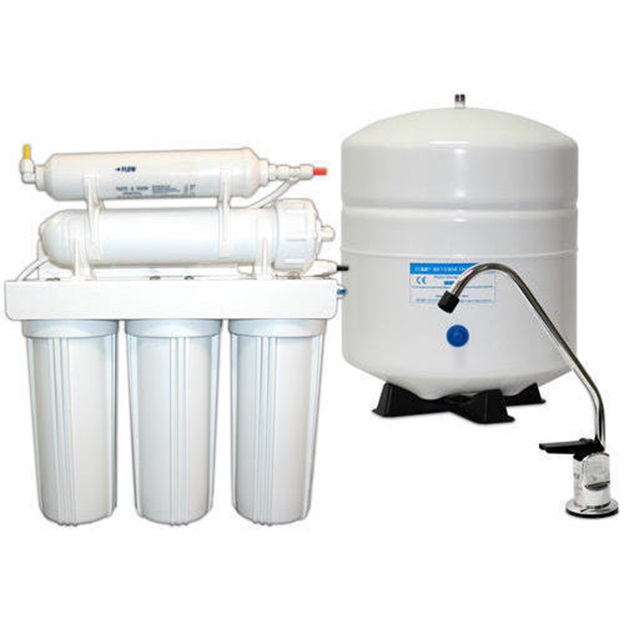To ensure a healthy lifestyle, it is important to have safe, clean water for drinking, washing, and cooking. Many people are unaware that chlorine-treated water can still contain harmful bacteria, chemicals, and other contaminants. How can we ensure that our bodies function properly if only a tiny percentage of water is safe to drink?
Flint, Michigan has seen high levels of lead in its drinking water over the past few years. Many people have asked themselves, “Is my tap water safe?”
Tap Water Safety Guidelines
The Environmental Working Group found that more than 260 contaminants are regularly found in public water supplies. However, the Environmental Working Group determined that over half of those contaminants were not regulated. The Safe Water Drinking Act requires regulation of 91 pollutants. This means that the Environmental Protection Agency does not have safety standards for many contaminants.
lead and chlorine are common hazardous contaminants found in drinking water. These contaminants can be difficult to get out of drinking water, so you will need the right equipment. The EPA has yet not to regulate other known contaminants that are harmful to animals and humans.
Health Risques of Tap Water
Consumers are exposed to many health risks due to the fact that tap water safety standards have not been established by public health officials. The Natural Resource Defense Council warns consumers that pregnant women, young children, and people with chronic diseases, as well as those with weak immune systems, are at greatest risk from contaminated water. To ensure that you aren’t at risk, it is a good idea to get a copy of the city’s annual water quality reports and discuss it with your doctor.
Investigate Your Water Supply
The public drinking water utilities must regularly test their water for toxic contaminants. They also have to make the results available to the public. These results can be found by calling your local utility or visiting their website. To search for reports from state regulators, you can also use the EPA Local Drinking water Information website.
A number of contaminants can be removed by point-of-use water filters such as reverse osmosis and ultraviolet light. A UV water purification device can eliminate water-borne viruses such as Giardia and Salmonella. It also removes cholera. Reverse osmosis systems can remove arsenic and lead as well as nitrates. Water treatment systems come in many forms. It’s best to identify the contaminants in your water and then find products that address them. A WaterTech dealer can help you identify contaminants in your water, and the best ways to fix them.
This post was written by a water treatment expert at Pure Blue H2O. At Pure Blue H2O we are the providers of the best Reverse Osmosis System For Home! We know that the best product comes from the best materials. They offer whole home water solutions such as showerhead filtration, filter replacements, and a variety of similar products. Their focus is to provide Americans with safe and clean water throughout the home.

